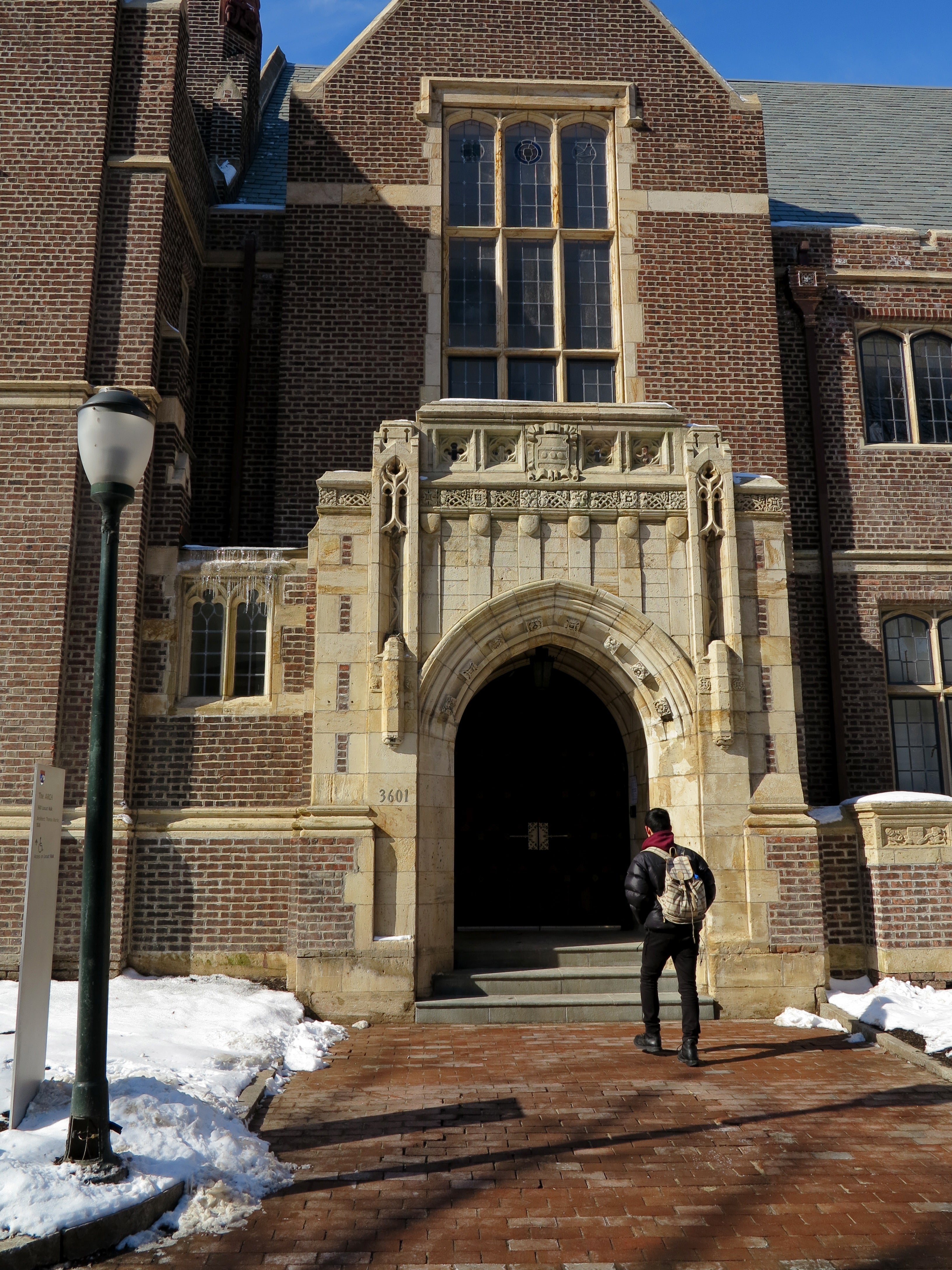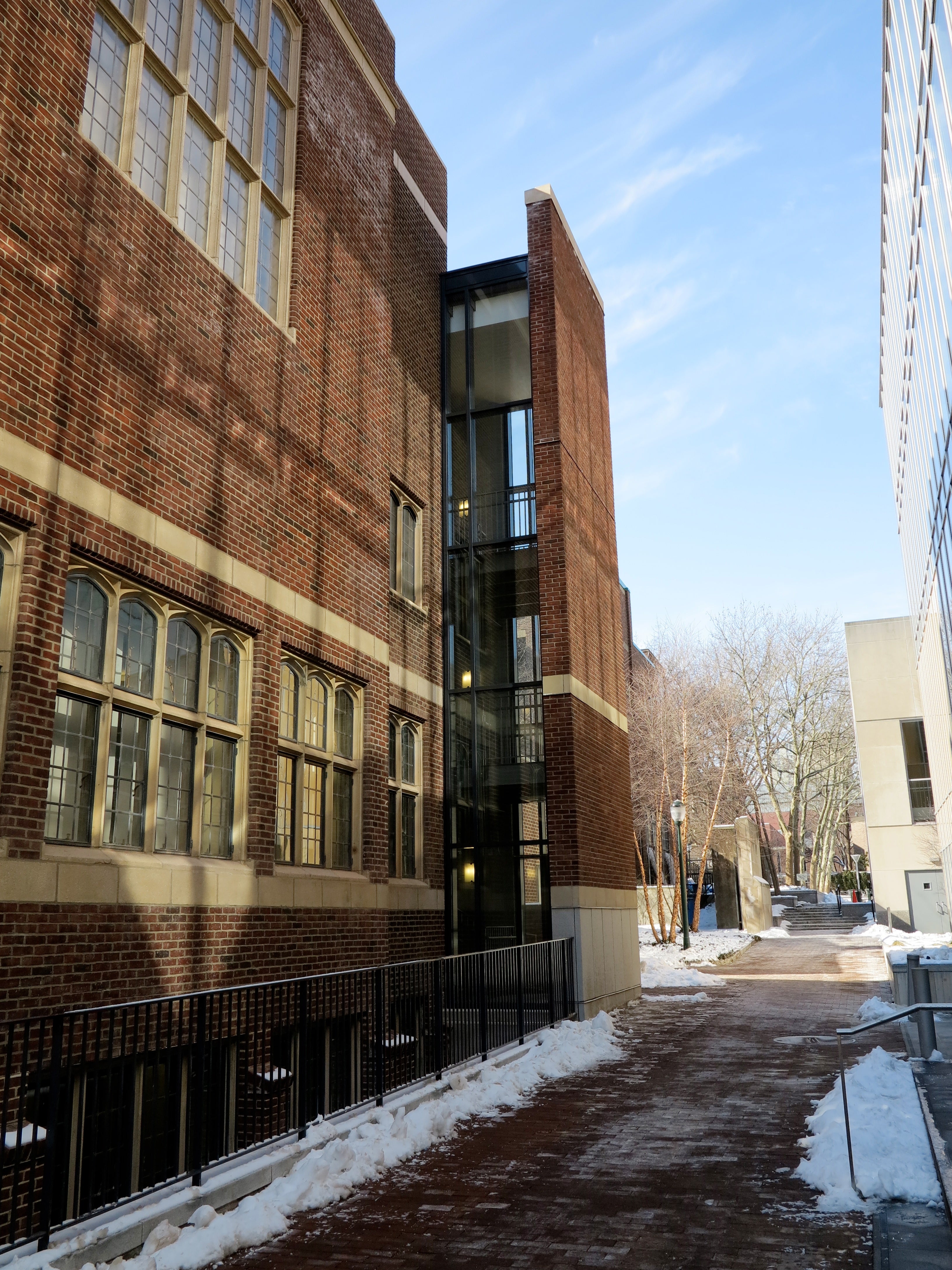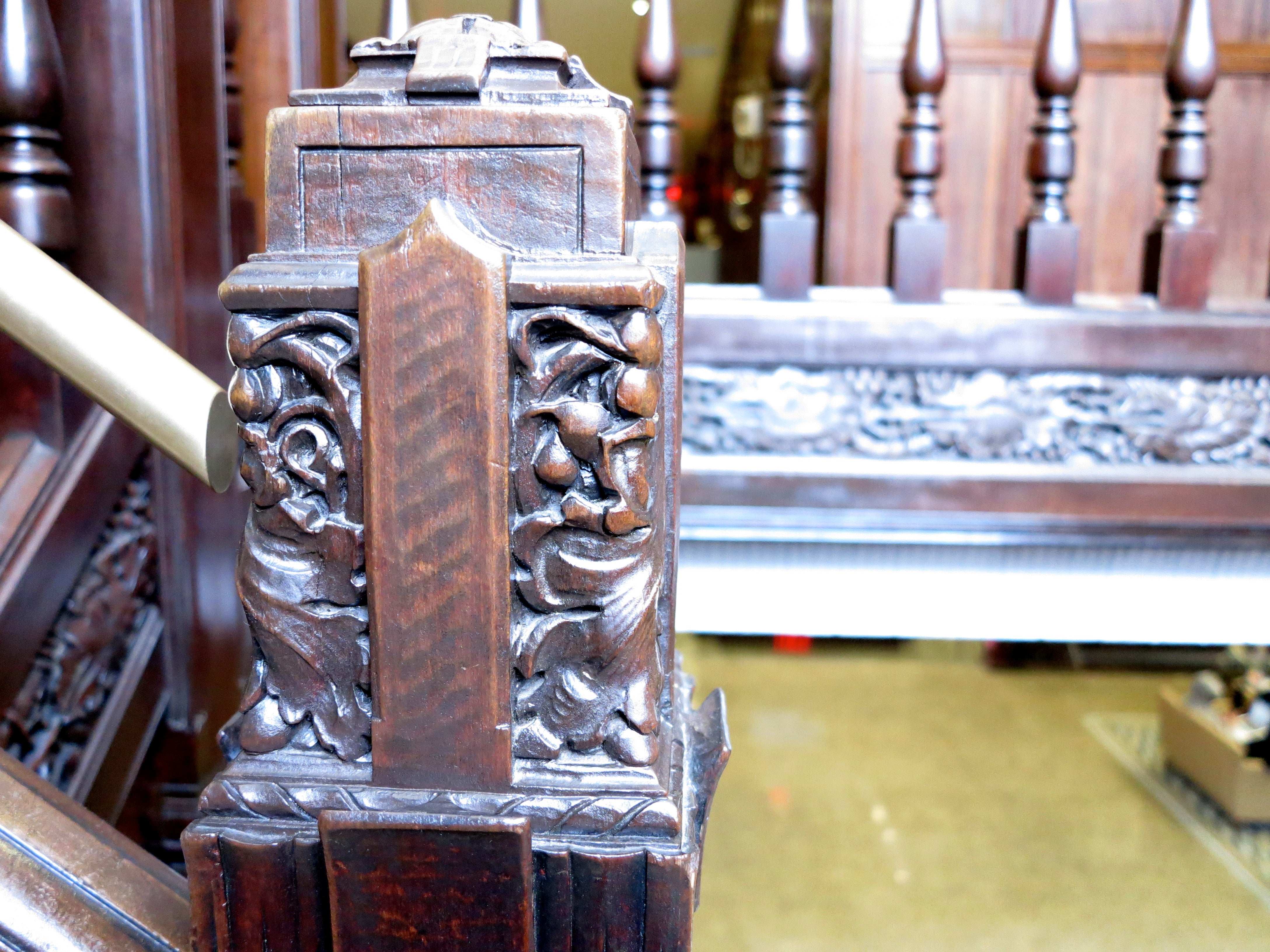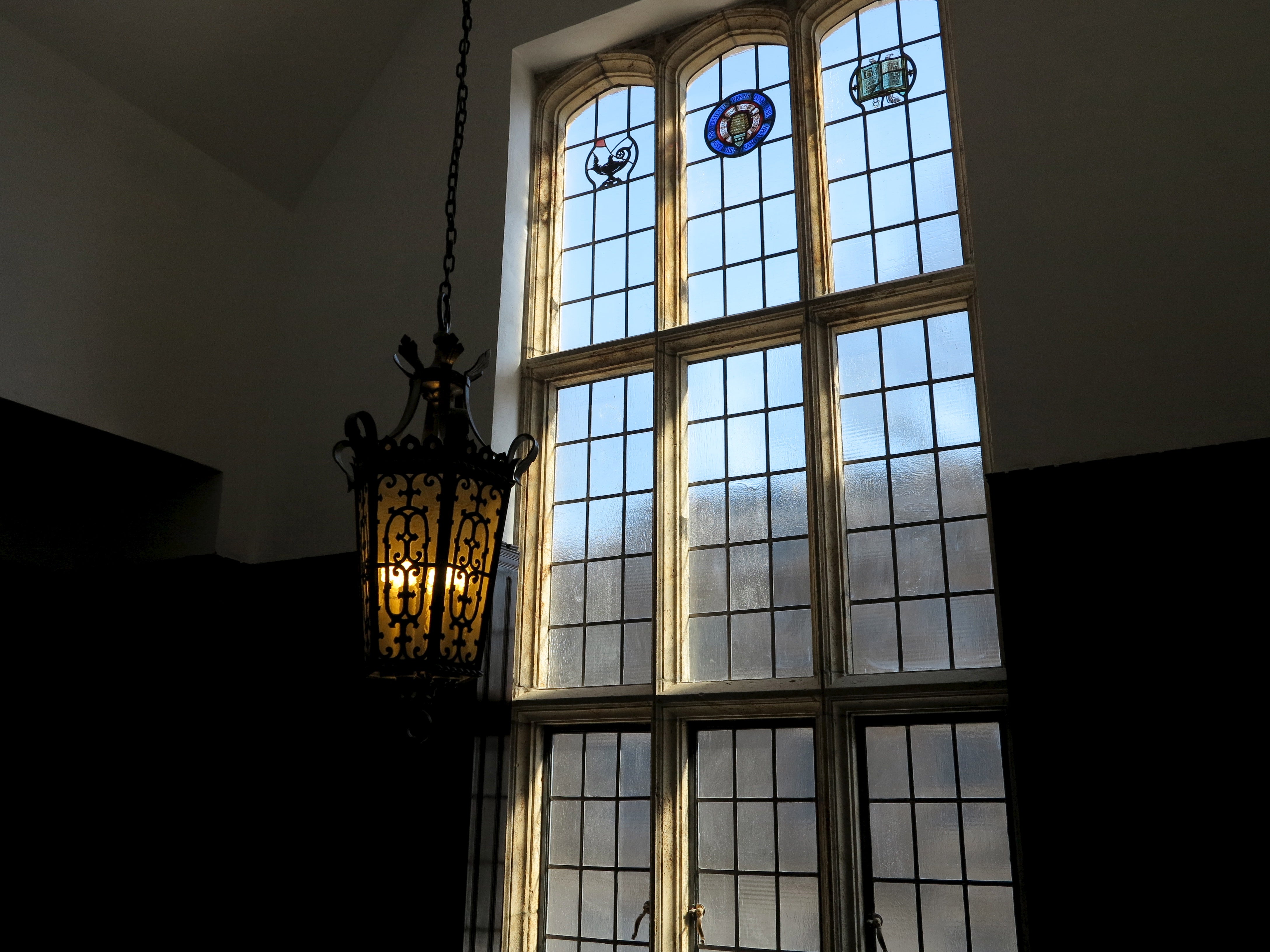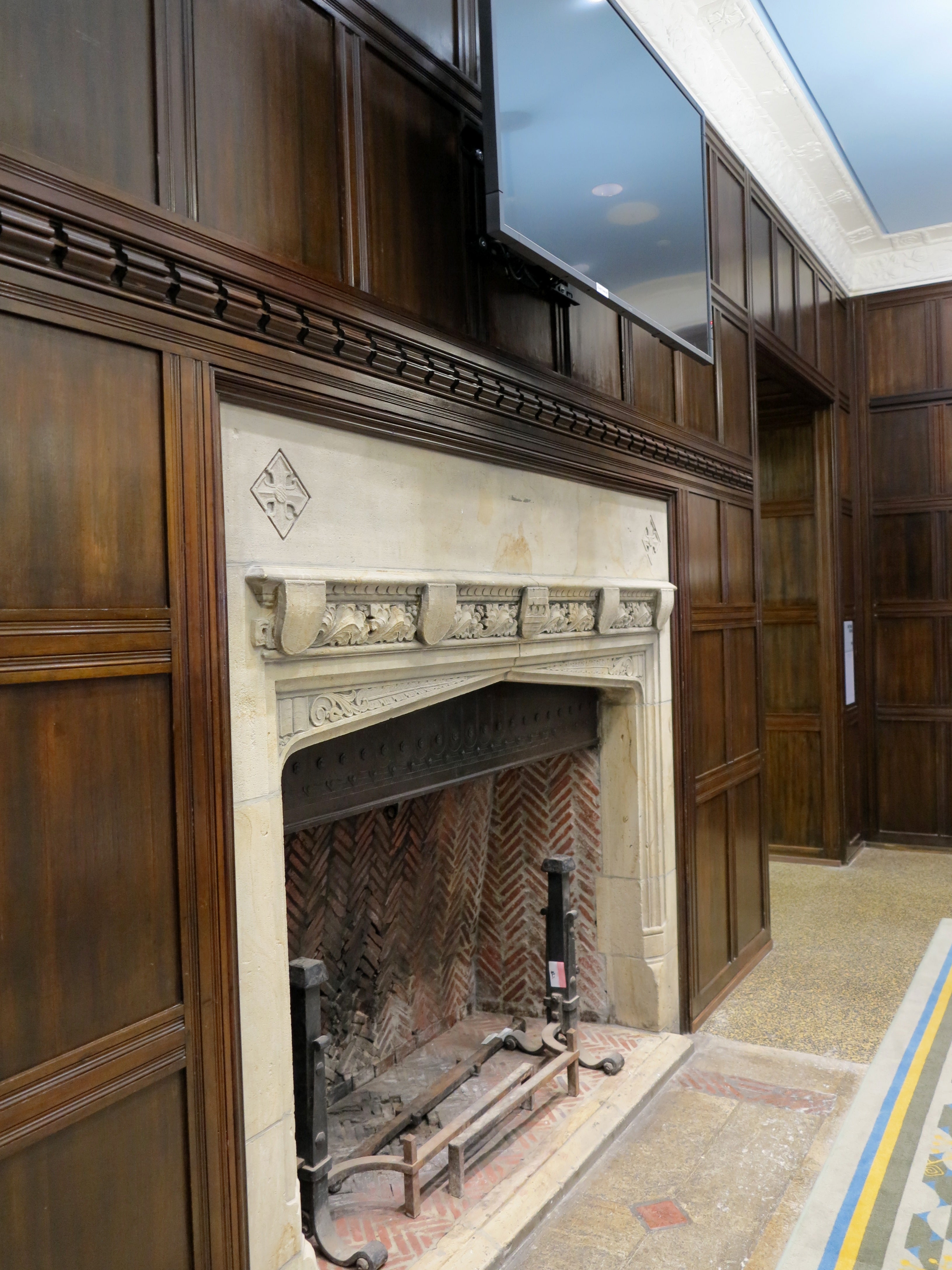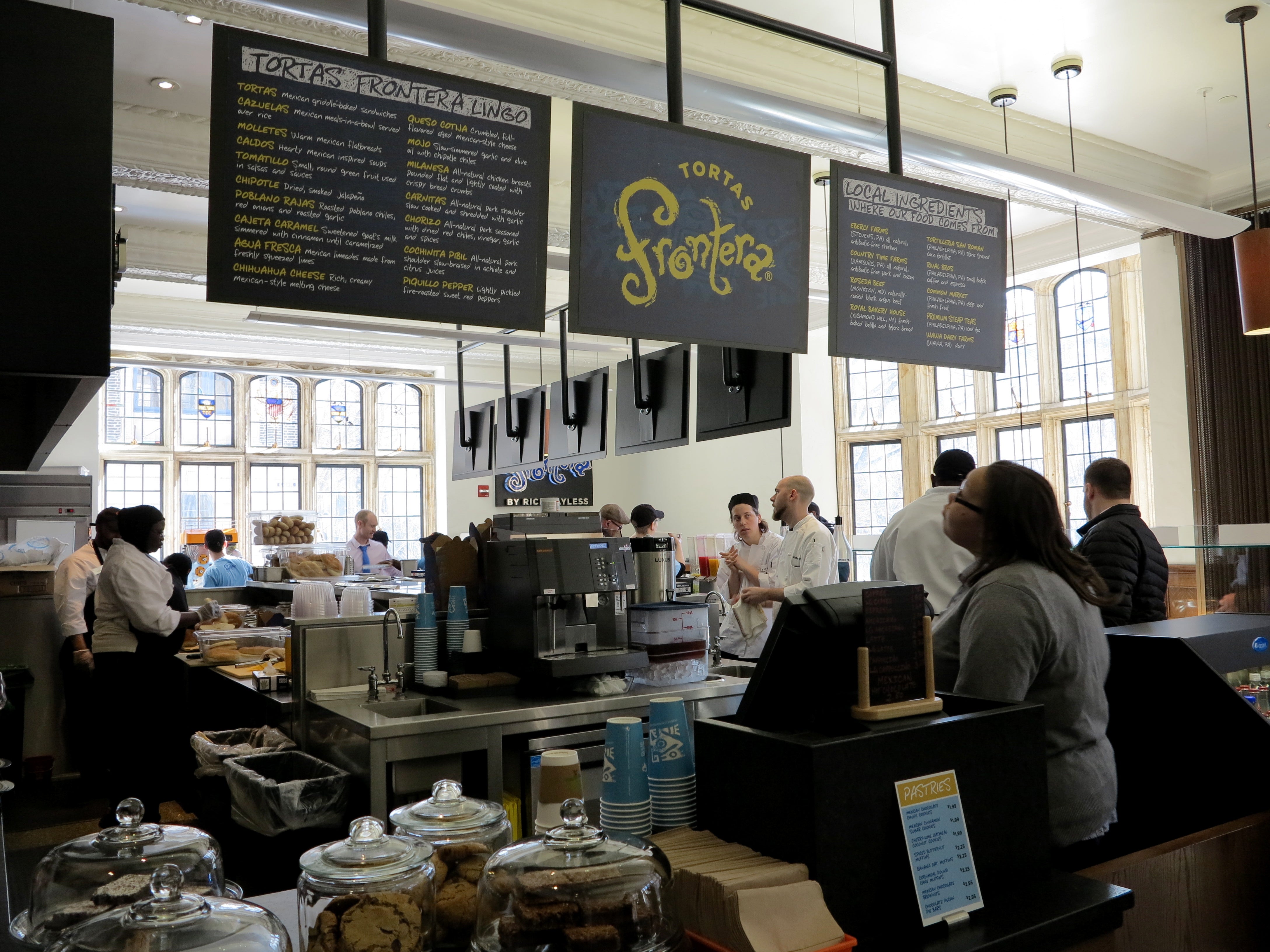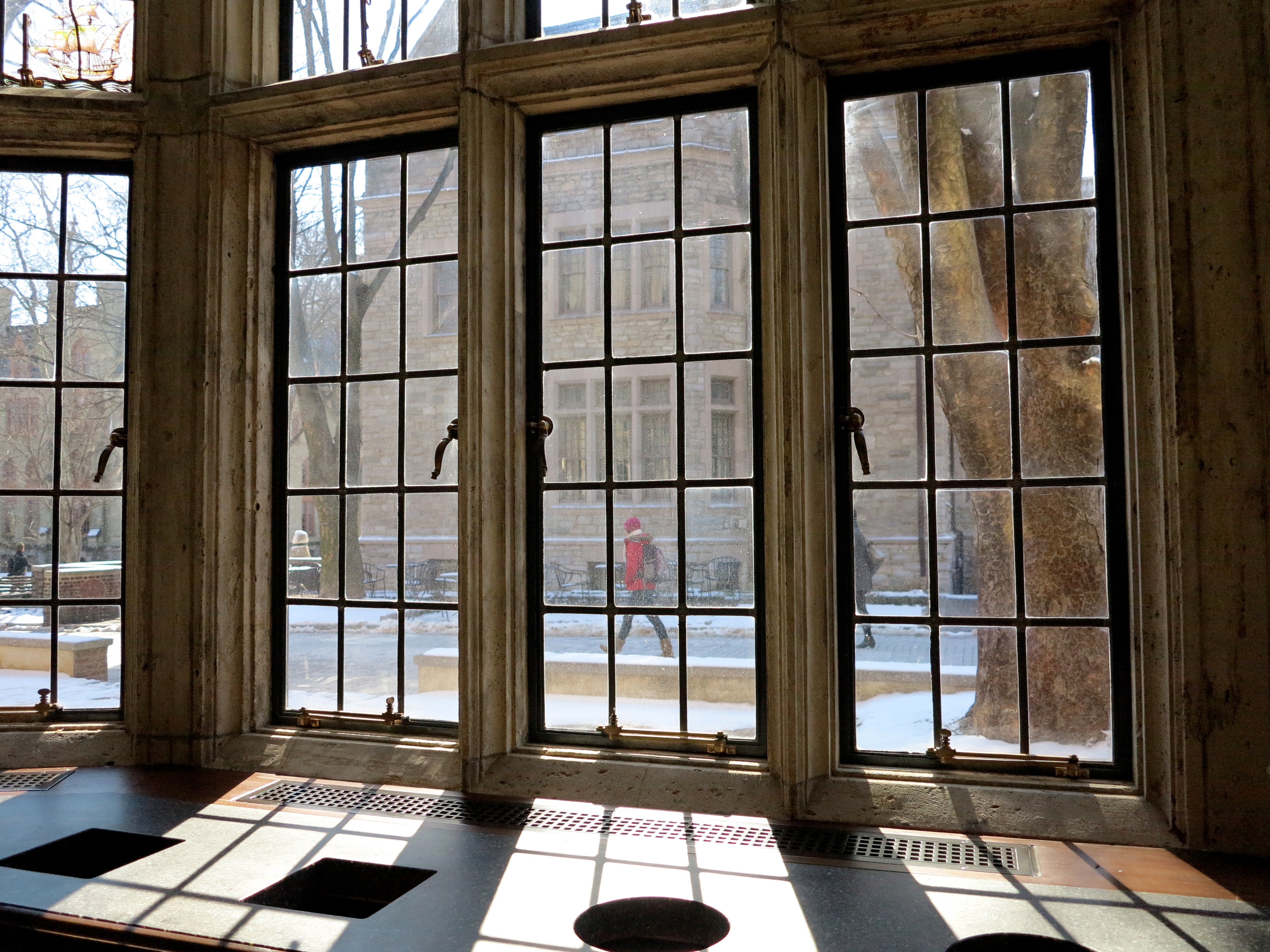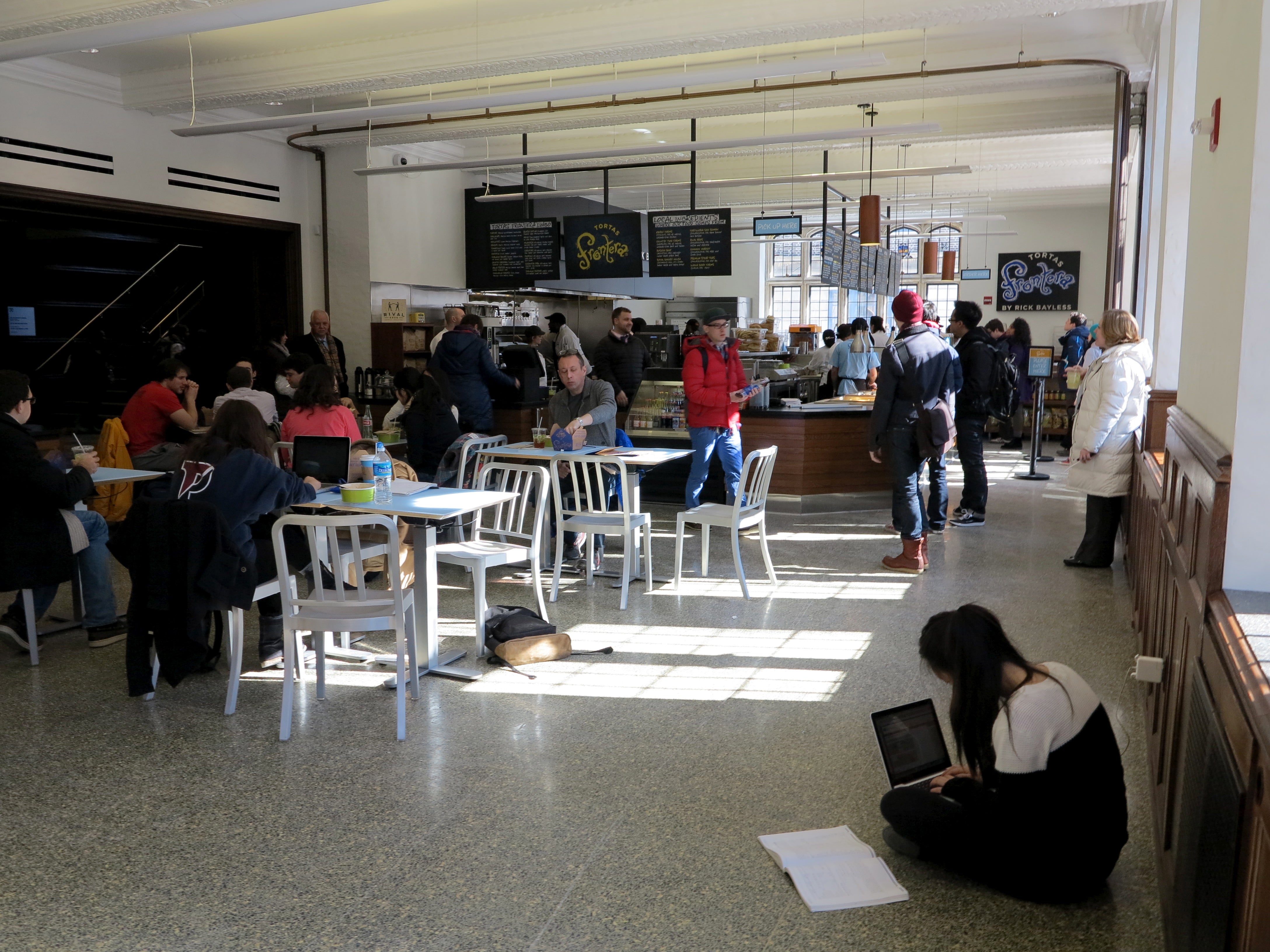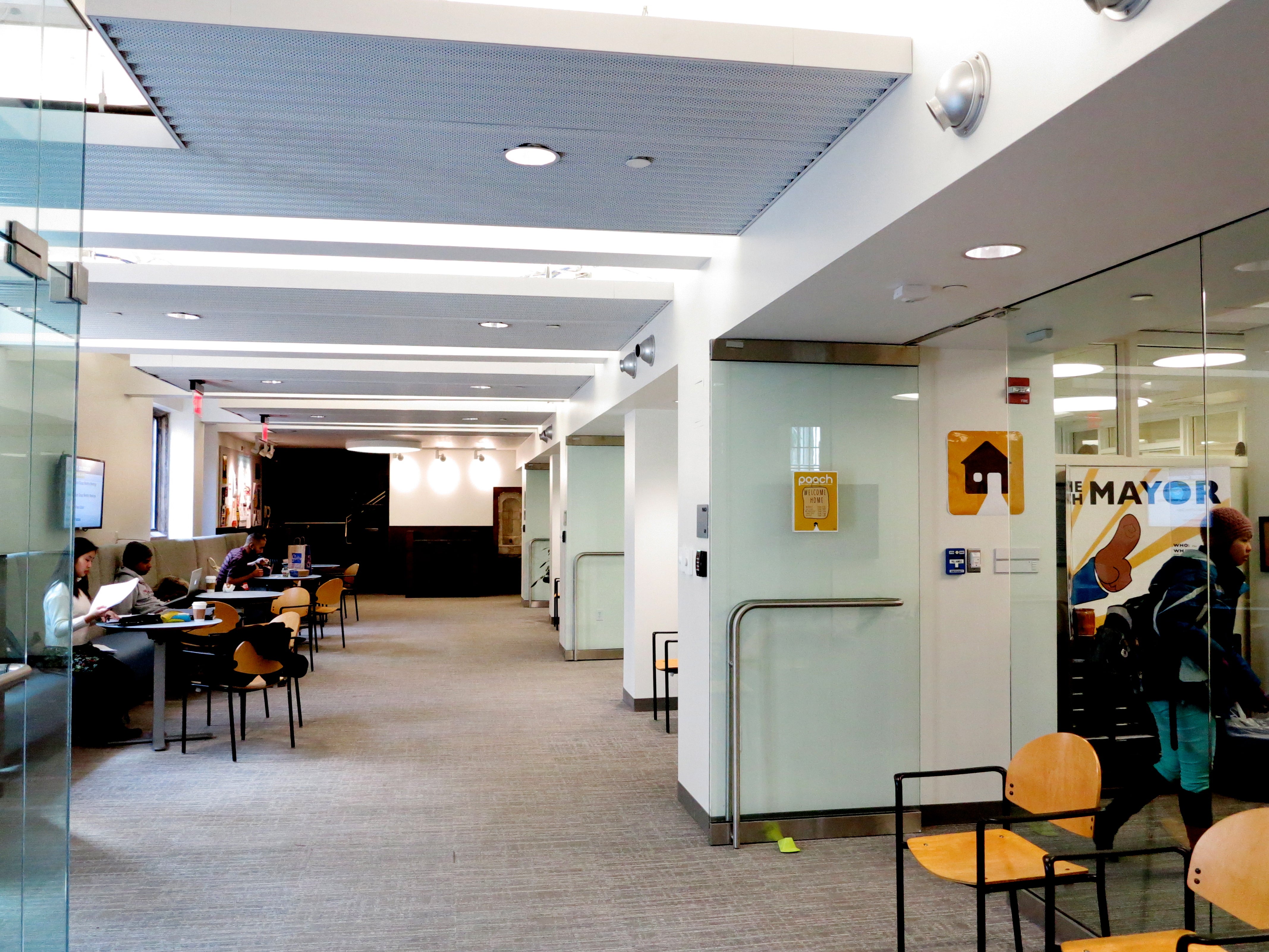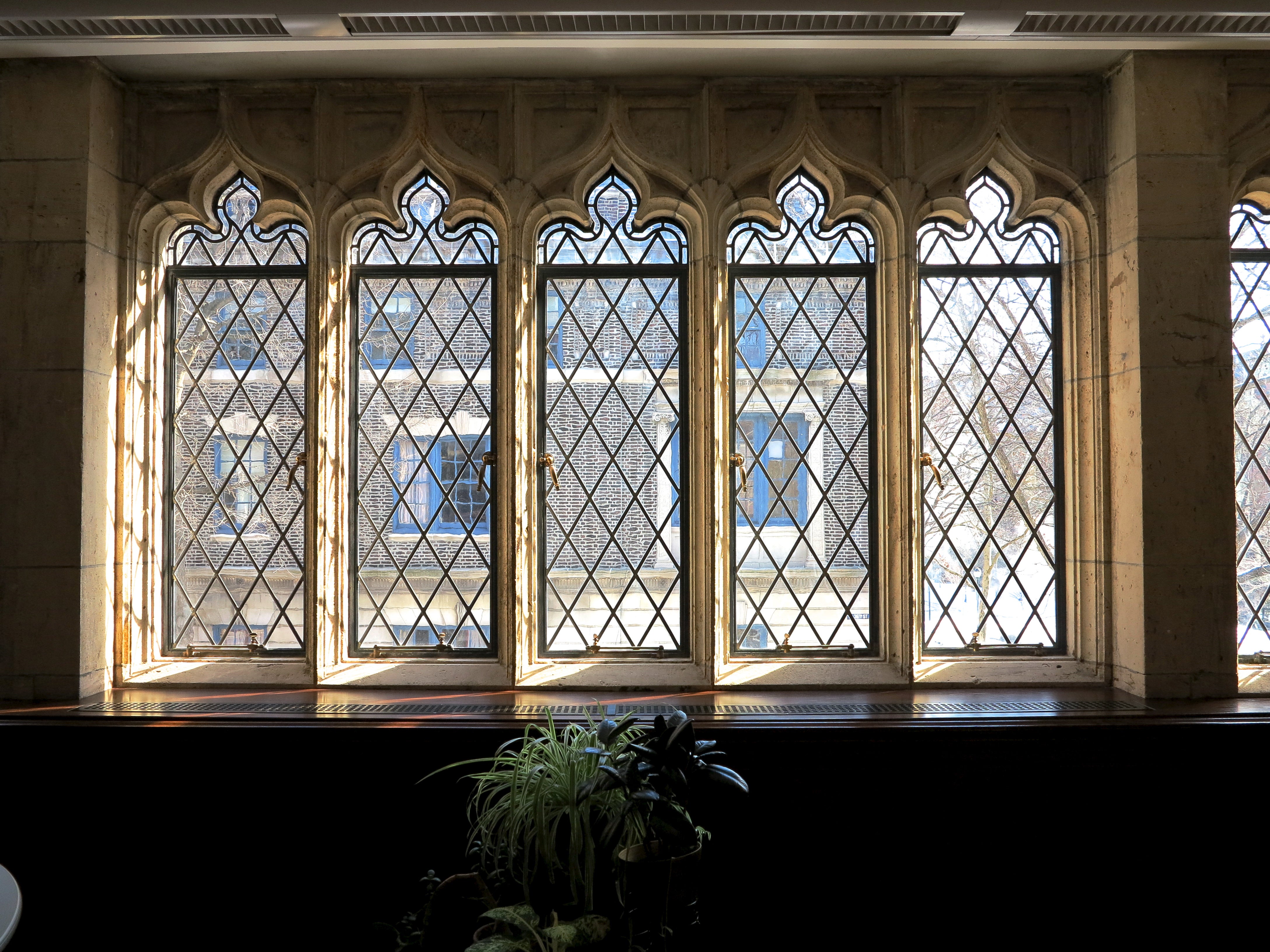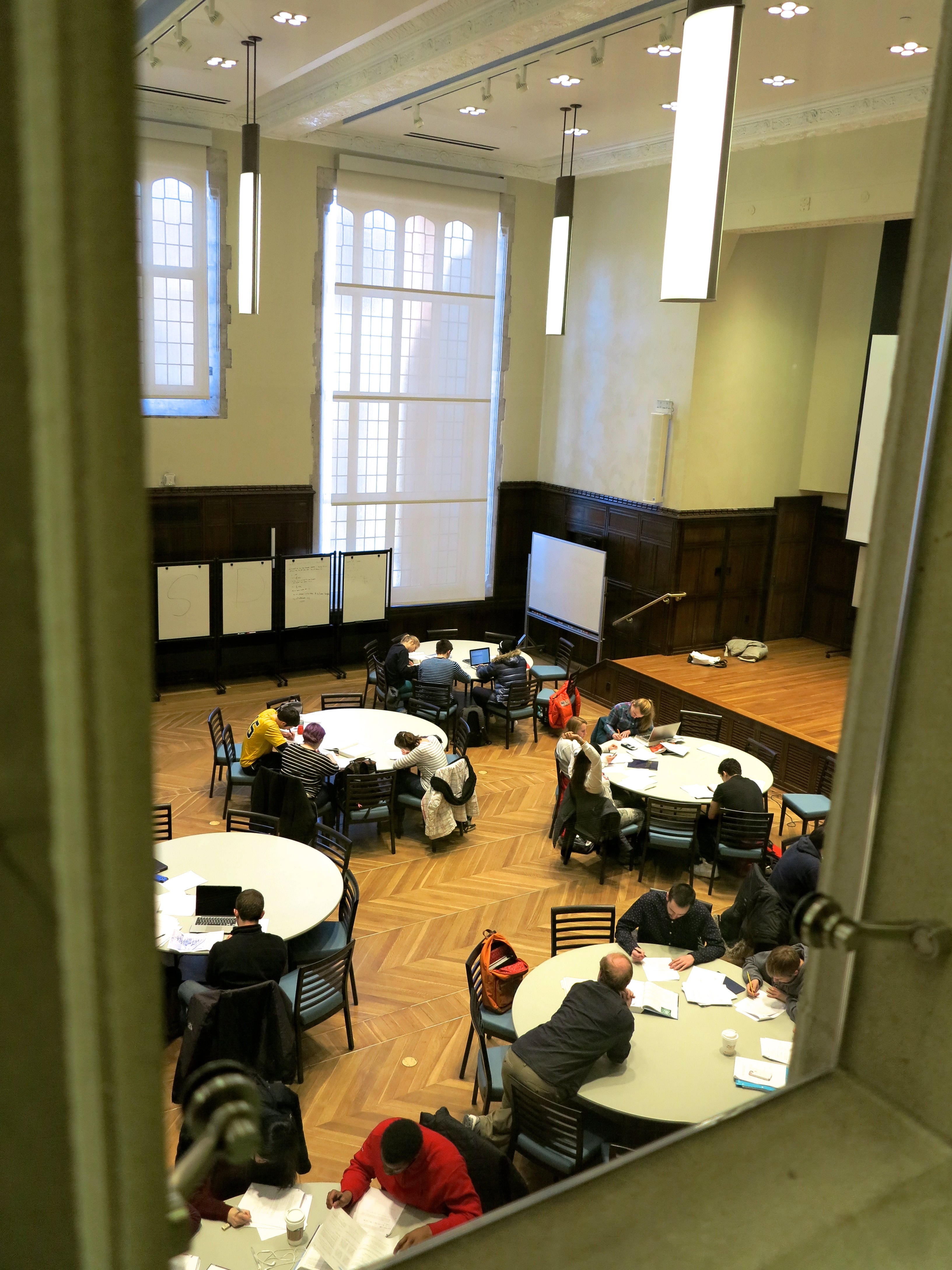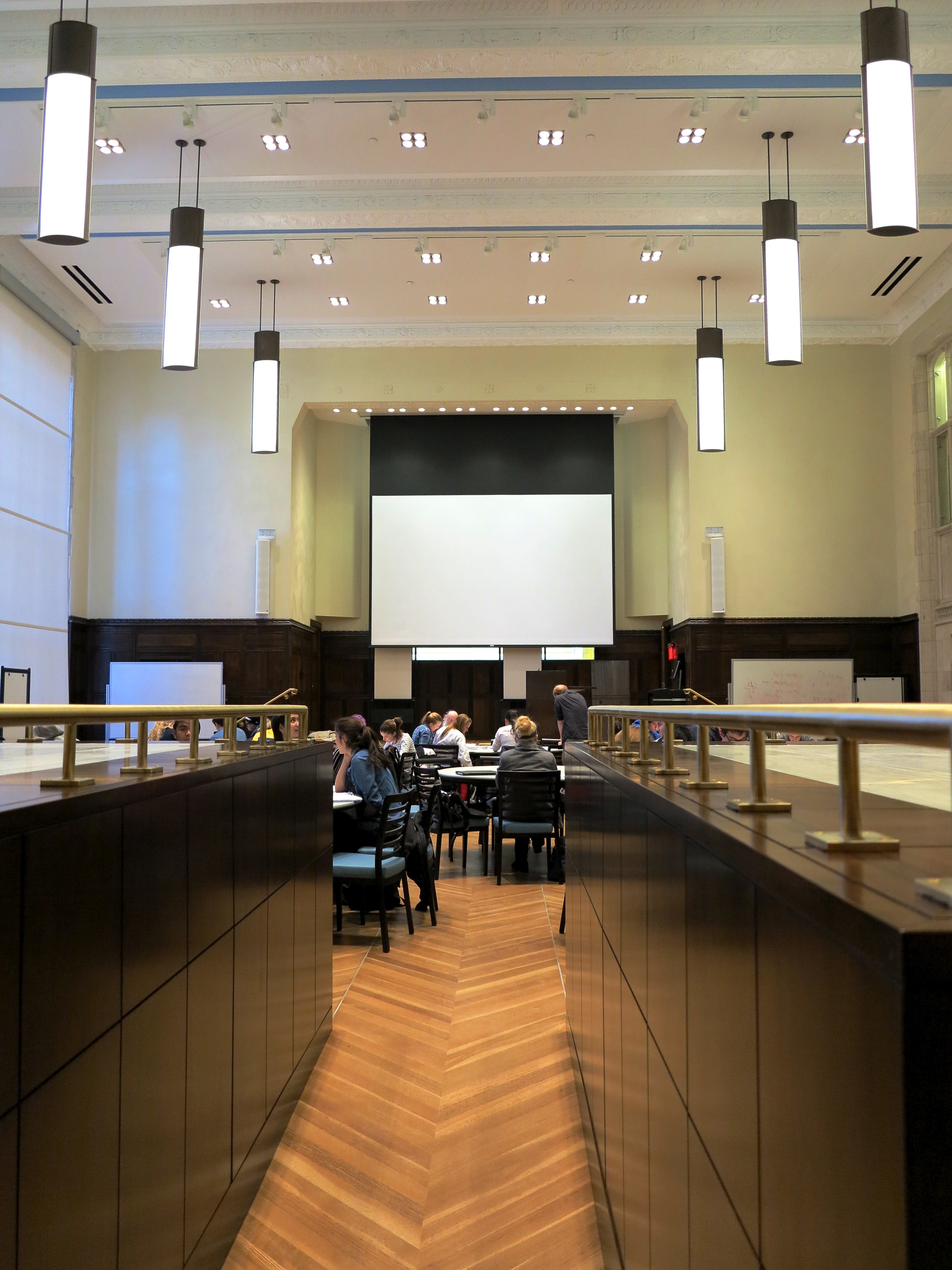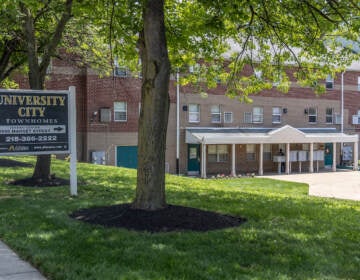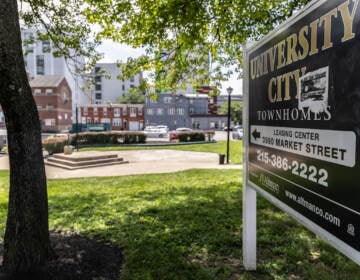Bridging the past at The ARCH
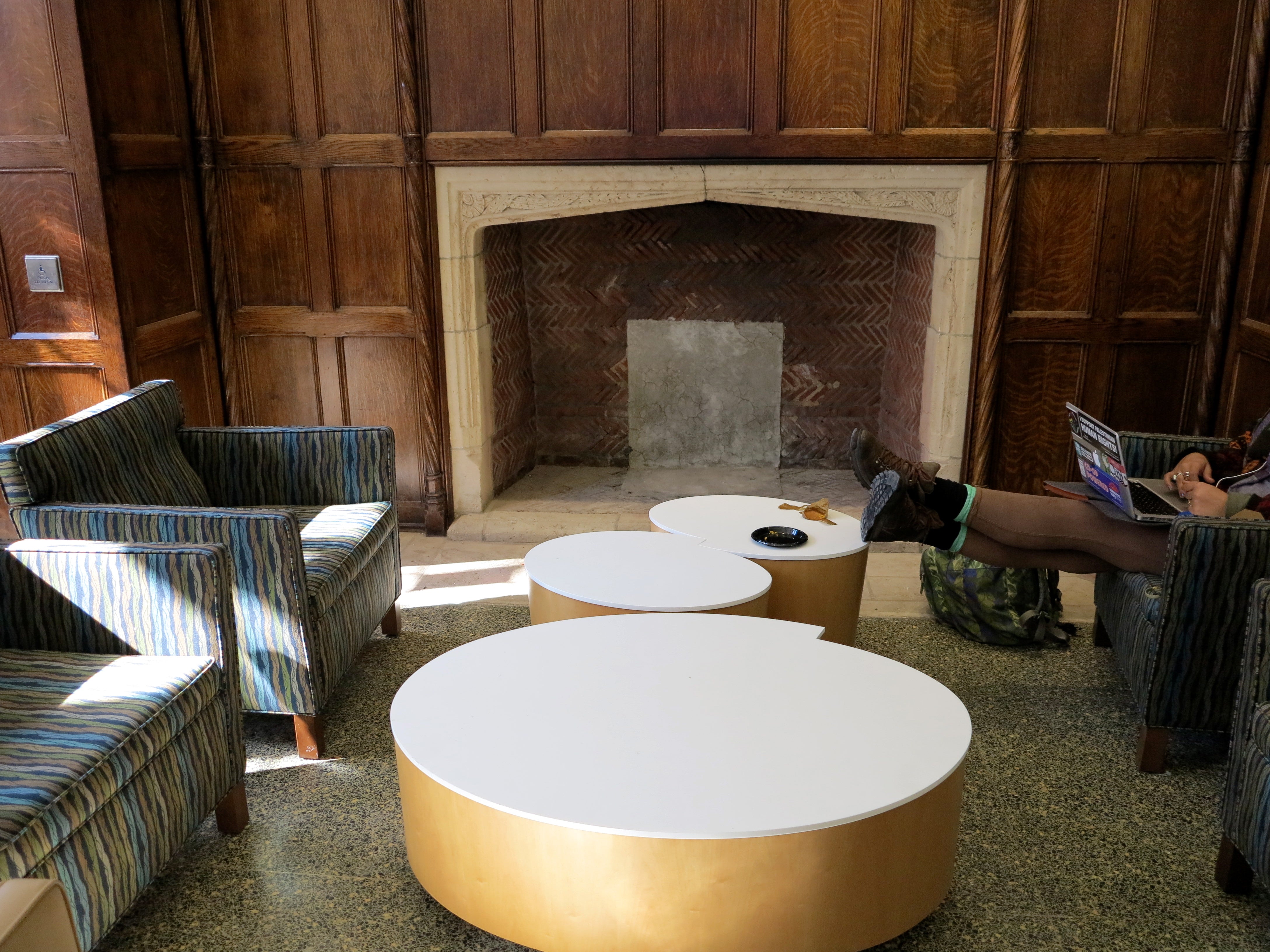
The University of Pennsylvania is on a construction spree, churning out new buildings and improving campus public spaces at breakneck pace. Cranes tower over the hospital complex, Hill Field at 34th and Chestnut has been torn up to make way for a new dorm, and the sparkling new Krishna P. Singh Center for Nanotechnology on Walnut Street is earning praise for its bold contemporary design. But for all of the high-profile new construction, Penn has also quietly accomplished a total restoration of one of the campus’ historic gems, the ARCH – or Arts Research and Culture House – a gothic revival treasure on Locust Walk at 36th Street.
The ARCH was built in the late 1920s for the Christian Association, which used the building until the 1960s, when it started renting it out in sections. Penn was long uncomfortable not owning this building in the heart of its campus, and acquired the property for $3.9 million in 1999. After eight decades of heavy use, the ARCH was in need of a major overhaul and the historic features needed care.
An anonymous donor put $15 million toward the $24.5 million restoration project led by SaylorGregg Architects. The original floor plan has been recovered, period detail restored, and modern systems and amenities have brought the building into the 21st century. After nearly two years of restoration and construction, student groups returned, classes resumed, and a new cafe opened in January. For its next chapter the ARCH keeps its identity as a multi-purpose building, with places for classes, extracurricular activities, student research, talks, meetings, and cultural exchange.
“It’s not a new use, everything in it is just better,” University Architect David Hollenberg* said.
As noon rolled around on a late winter day, students were grabbing lunch at the new ARCH café – a Tortas Frontera (part of Chicago chef Rick Bayless’ empire) – and the building was humming with activity. The campus community has found its way back to the ARCH so easily it’s easy to forget that the building was closed for nearly two years.
“There’s lots of light and it is inviting,” said junior Davita Frankel of the café area, illuminated by large south-facing leaded glass windows. “It seems like a nice place to sit and do work.” Frankel and fellow engineering undergrad Mark Harding were checking out some of the new spaces, killing some time before class. After a snack from Tortas Fronteras they were sitting in the main lounge on the first floor.
That’s just that kind of casual use that the Arch’s main floor is designed to encourage these days.
The central room on the ground floor is a long lounge, surrounded by smaller rooms for meetings or seminars, and connects through the main hall to the café. The rich wood paneled walls and large open hearth speak to the building’s history but the furniture and lighting are decidedly contemporary. There used to be a dividing wall that cut off the café space from the rest of the ground floor– rendering the lounge a gloomy interior space. With that wall removed and new lighting the lounge is surprisingly bright and it creates more natural circulation through the building.
“There’s more reason for more students to cross paths,” Hollenberg said in the main first floor lounge. “The simple act of restoring physical space has a huge impact on how the building will be used.”
The ARCH may have been built for white, male Christians but it has housed three student cultural centers in recent years: Makuu: The Black Cultural Center, The Center for Hispanic Excellence: La Casa Latina, and Pan-Asian American Community House.
These student groups used to be stuffed into a warren of rooms that divided up the first floor. Now they have surprisingly airy offices in the lower level, which is half below grade. Each of the three centers has office space and a lounge that is separated from a long shared lounge space by glass partition walls. There’s also a separate entrance to this area down a set of stairs from 36th Street.
“Now we’re getting a lot of people down here who had never heard of us,” said Adan Juarez, a senior affiliated with La Casa Latina. He’s still getting used to the new space, but says it’s already very well used and comfortable.
Moving the cultural centers downstairs opened up the first floor to a greater diversity of uses. Upstairs there are research offices, classroom and meeting spaces, and even a small dance studio.
The ARCH’s showpiece is the second floor auditorium – a double-height, Swiss Army knife of a room. It is intended as one of the building’s most flexible and heavily used spaces. It can be a classroom set up for “active learning” with students seated around round tables or lecture-style furniture can be wheeled out of the wooden storage boxes that sit to the rear of the large room. It also had to be able to accommodate performances, banquets, lectures, or even worship services, sometimes in the same day.
The renovated ARCH seeks to balance the demands of a multi-purpose University building with very modern amenities while letting its historic features shine. But this gem is not over-polished. The original features look their age while new additions to the spaces are decidedly contemporary.
All of the rooms are wired to the hilt, a requirement of the main donor. The building’s systems – from its heating and cooling to its aged electrical system – were completely upgraded. The ARCH is now fully ADA accessible thanks to a new elevator, slotted into the only place that would meet code requirements and bring minimal disturbance to the historic interiors.
“That part was a real Swiss watch,” Hollenberg said, and without it the entire project would not have happened.
Two towers were added, as discreetly as possible, on to the west end of the building. One provides a secondary means of egress, visible from an alleyway but otherwise fairly unobtrusive, while another tucked away on the west wall made room for new bathrooms.
The exterior is otherwise nearly unchanged. The brick walls were repointed, the decorative limestone pieces were repaired and damaged sections were replaced, the exuberant terra-cotta chimneys were cleaned and repointed, and the aged slate roof was replaced in new slate. All of the steel windows with thick lead caming were removed and painstakingly restored.
Inside the ARCH still has its original limestone water fountains (now decorative), wood gargoyles and a carved banister, pressed plaster beams, leaded glass windows, deep wood paneling and huge brick and limestone hearths. Most rooms have high wood paneling, two are clad in oak but most of the paneling is sweetgum, notable Hollenberg said for its “flamboyant grain.” It’s impossible to spot which panels are replacements, but 1/3 are new, treated by an expert craftsman to match the original fabric.
The restored ARCH feels at once richly Ivy League and refreshingly at ease.
Disclosure: PlanPhilly is a project of PennPraxis, the nonprofit arm of PennDesign. Ashley Hahn graduated from PennDesign and University Architect David Hollenberg was one of her teachers there.
WHYY is your source for fact-based, in-depth journalism and information. As a nonprofit organization, we rely on financial support from readers like you. Please give today.




